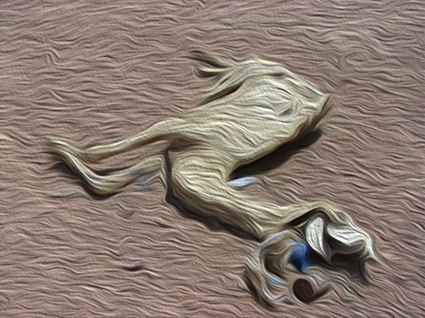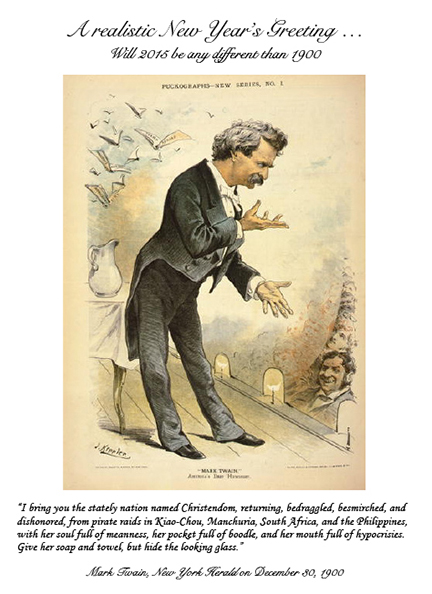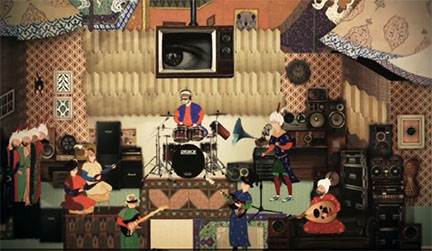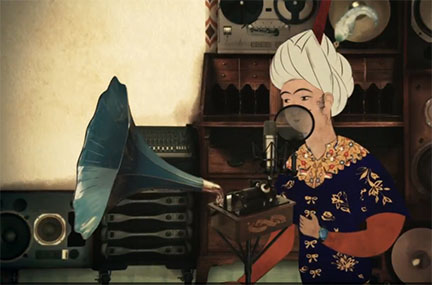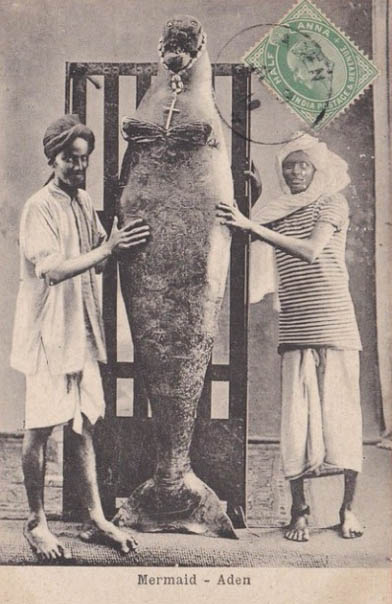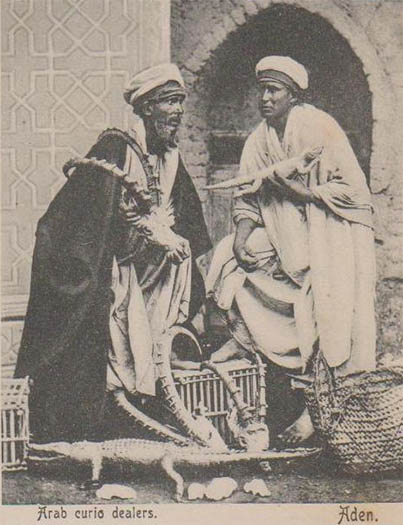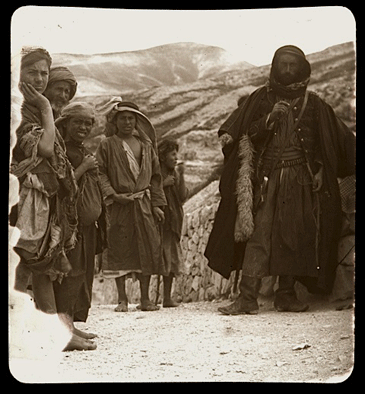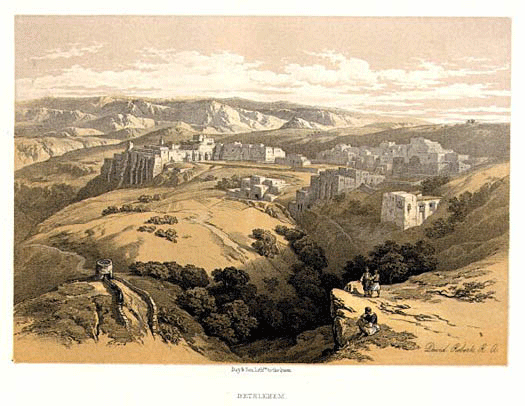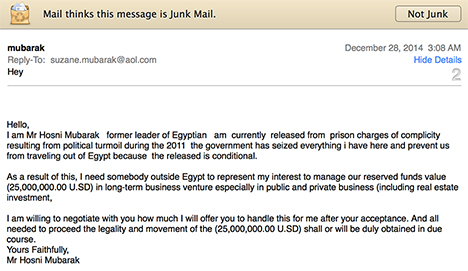
Dear Husni,
I had no idea you were so poor. Only 25 million stashed outside Egypt? What happened to all the millions you took in over the years? Was your wife like Imelda Marcos, buying way too many shoes? Of course I will be glad to help you get access to that money. After all, you stole it fair and square. And Sisi can siphon off as much as he wants, now that the Brothers are gone. I know how much you have suffered, so I will not charge you anything for helping you. Some of my best friends are Egyptian and I know they would help me if I ever needed someone to get 25 million out of the bank. By the way, your English has really improved. Did you take lessons in prison? Or did you use Google Translate? You did not mention which bank your funds are in. Someone told me it was in the same offshore bank as the savings of Mitt Romney, but I find that hard to believe. I am really honored that you chose me out of the millions of people getting spam emails to help you. I am sorry it has taken so long but your email went into my Junk folder. Can you imagine that. I am really glad I found it. Just send me you bank name, account number and password and I will sure do you justice.
Yours sincerely,
John Doe

